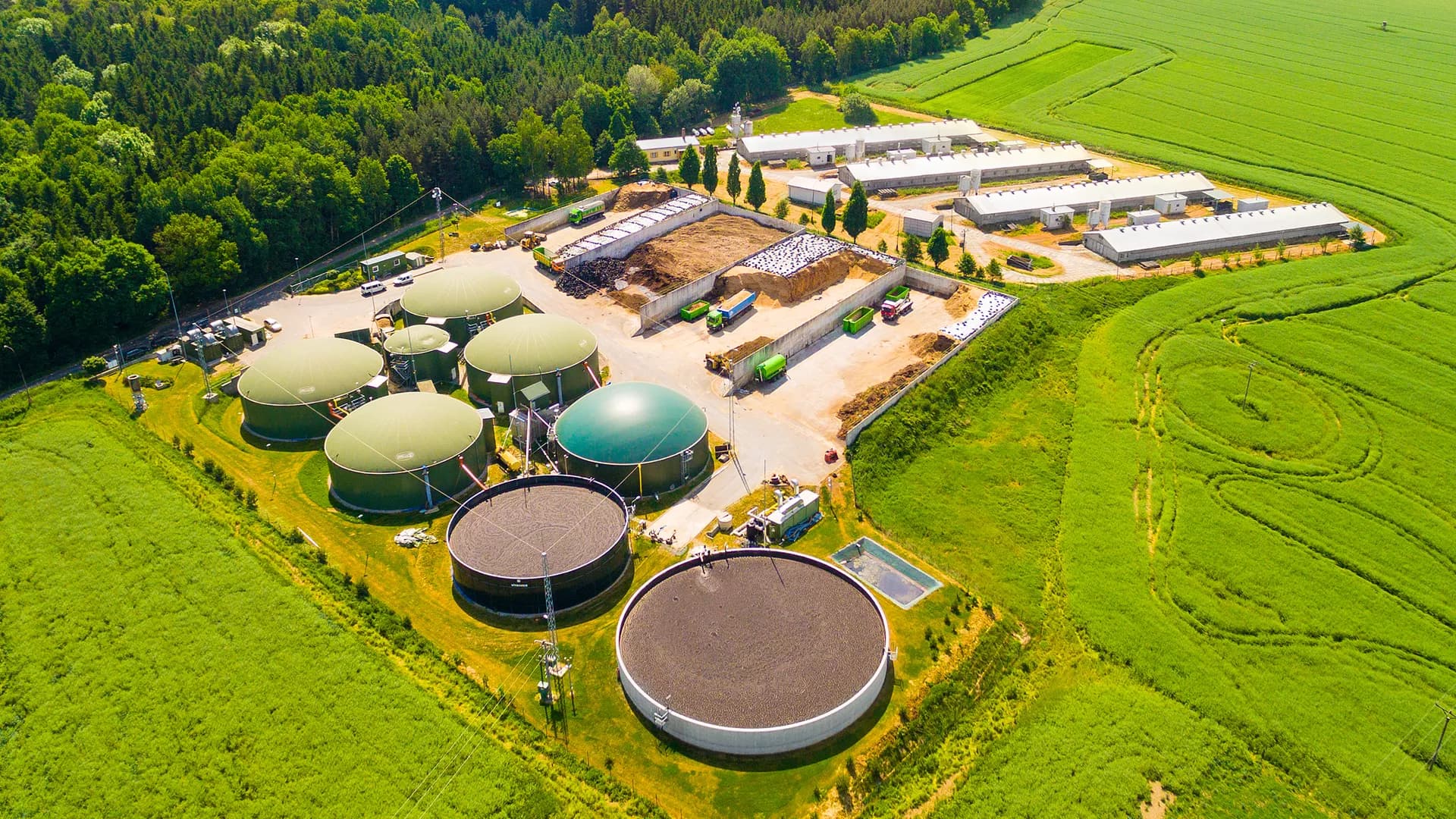The valorization of lignin that derives as by product in various biomass conversion processes has become a major research and technological objective. The potential of the production of valuable mono-aromatics (BTX and others) and (alkyl)phenols by catalytic fast pyrolysis of lignin is investigated in this work by the use of ZSM-5 zeolites with different acidic and porosity characteristics. More specifically, conventional microporous ZSM-5 (Si/Al = 11.5, 25, 40), nano-sized (≤20 nm, by direct synthesis) and mesoporous (9 nm, by mild alkaline treatment) ZSM-5 zeolites were tested in the fast pyrolysis of a softwood kraft lignin at 400–600°C on a Py/GC-MS system and a fixed-bed reactor unit. The composition of lignin (FT-IR, 2D HSQC NMR) was correlated with the composition of the thermal (non-catalytic) pyrolysis oil, while the effect of pyrolysis temperature and catalyst-to-lignin (C/L) ratio, as well as of the Si/Al ratio, acidity, micro/mesoporosity and nano-size of ZSM-5, on bio-oil composition was thoroughly investigated. It was shown that the conventional microporous ZSM-5 zeolites are more selective toward mono-aromatics while the nano-sized and mesoporous ZSM-5 exhibited also high selectivity for (alkyl)phenols. However, the nano-sized ZSM-5 zeolite exhibited the lowest yield of organic bio-oil and highest production of water, coke and non-condensable gases compared to the conventional microporous and mesoporous ZSM-5 zeolites.
Biobased production of furfural has been known for decades. Nevertheless, bioeconomy and circular economy concepts is much more recent and has motivated a regain of interest of dedicated research to improve production modes and expand potential uses. Accordingly, this review paper aims essentially at outlining recent breakthroughs obtained in the field of furfural production from sugars and polysaccharides feedstocks. The review discusses advances obtained in major production pathways recently explored splitting in the following categories: (i) non-catalytic routes like use of critical solvents or hot water pretreatment, (ii) use of various homogeneous catalysts like mineral or organic acids, metal salts or ionic liquids, (iii) feedstock dehydration making use of various solid acid catalysts; (iv) feedstock dehydration making use of supported catalysts, (v) other heterogeneous catalytic routes. The paper also briefly overviews current understanding of furfural chemical synthesis and its underpinning mechanism as well as safety issues pertaining to the substance. Eventually, some remaining research topics are put in perspective for further optimization of biobased furfural production.
Anthropogenic climate change, principally induced by the large volume of carbon dioxide emission from the global economy driven by fossil fuels, has been observed and scientifically proven as a major threat to civilization. Meanwhile, fossil fuel depletion has been identified as a future challenge. Lignocellulosic biomass in the form of organic residues appears to be the most promising option as renewable feedstock for the generation of energy and platform chemicals. As of today, relatively little bioenergy comes from lignocellulosic biomass as compared to feedstock such as starch and sugarcane, primarily due to high cost of production involving pretreatment steps required to fragment biomass components via disruption of the natural recalcitrant structure of these rigid polymers; low efficiency of enzymatic hydrolysis of refractory feedstock presents a major challenge. The valorization of lignin and cellulose into energy products or chemical products is contingent on the effectiveness of selective depolymerization of the pretreatment regime which typically involve harsh pyrolytic and solvothermal processes assisted by corrosive acids or alkaline reagents. These unselective methods decompose lignin into many products that may not be energetically or chemically valuable, or even biologically inhibitory. Exploring milder, selective and greener processes, therefore, has become a critical subject of study for the valorization of these materials in the last decade. Efficient alternative activation processes such as microwave- and ultrasound irradiation are being explored as replacements for pyrolysis and hydrothermolysis, while milder options such as advanced oxidative and catalytic processes should be considered as choices to harsher acid and alkaline processes. Herein, we critically abridge the research on chemical oxidative techniques for the pretreatment of lignocellulosics with the explicit aim to rationalize the objectives of the biomass pretreatment step and the problems associated with the conventional processes. The mechanisms of reaction pathways, selectivity and efficiency of end-products obtained using greener processes such as ozonolysis, photocatalysis, oxidative catalysis, electrochemical oxidation, and Fenton or Fenton-like reactions, as applied to depolymerization of lignocellulosic biomass are summarized with deliberation on future prospects of biorefineries with greener pretreatment processes in the context of the life cycle assessment.
Frontiers in Energy Research
Technologies and Policies for Decarbonisation of the Industrial and Transport Sectors










